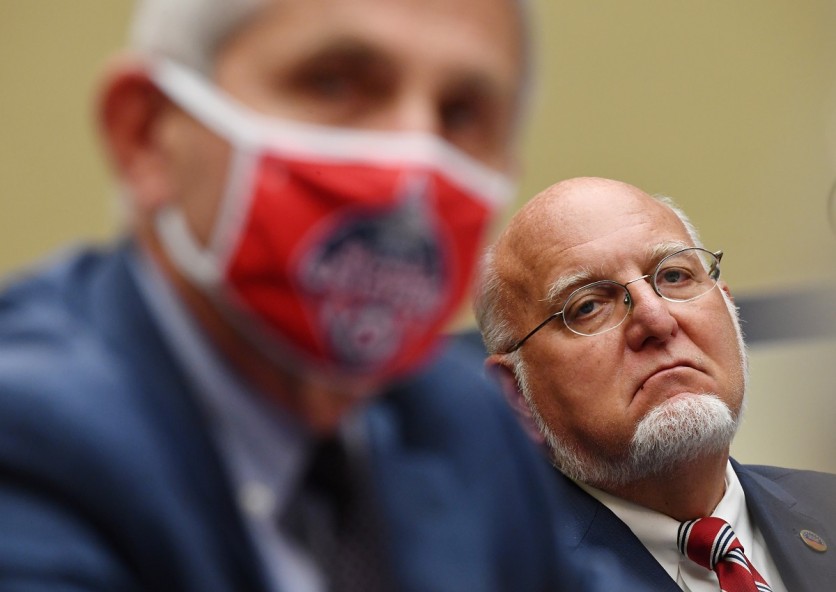Dr. Anthony Fauci said on Wednesday, August 26, that he was having a polyp removed from his vocal cords when members of the Centers for Disease Control and Prevention (CDC) decided to update its COVID-19 testing guidelines relaxing the need for testing people who were exposed to coronavirus.
"I was under general anesthesia in the operating room," the National Institute of Allergy and Infectious Diseases director told CNN as he explained he was not part of the deliberation for the new testing recommendations. He also added that these recommendations may be wrongly interpreted as people may assume that asymptomatic transmission is not of great concern. "In fact it is."

On Monday, the CDC modified its testing guidelines stating that people who may have been exposed to COVID-19 patients "do not necessarily" need testing, especially if they do not have symptoms. This contradicts the center's previous recommendation to have all exposed individuals to get tested.
The CDC guideline also removed the isolation requirement for returning individuals from outside the state or abroad. Before, CDC asked returning citizens to self-isolate for two weeks.
Health and Human Services assistant secretary for health Admiral Brett P. Giroir explained that the White House task force reached "absolute consensus" during the August 20 meeting to amend the guidelines. He also noted Fauci's involvement in the process, which the director disputed as he was having surgery when the meeting was held.
Moreover, medical experts find the new guideline as confusing following the studies showing that asymptomatic cases or those who have not yet exhibited symptoms but tested positive for coronavirus are the major cause of new infections. The widespread testing has already traced over 5.8 million COVID-19 cases in the United States based on John Hopkins University Coronavirus Resource Center, killing more than 179,000 people. Meanwhile, over 2 million have already recovered from the disease.
Read also: Fauci Warns over 'COVID-19 and Flu Convergence', Calls for 'Universal Wearing of Masks' at Schools
CDC Guideline for COVID-19 Update: Whose idea was it?
The CNN report stated that the amendment was the idea was proposed by CDC Director Robert Redfield in July. While several task force members challenged the proposal in July, Fauci was not present in the August 20 meeting when it was brought back up.

Meanwhile, federal health officials anonymously told CNN and the New York Times that the order about changing the guidelines did not come from the CDC, but from higher-ups as fewer tests would lead to fewer cases, creating a sense of a more controlled health situation.
Emory University School of Medicine associate dean and infectious disease specialist Dr. Carlos del Rio told CNN that the current evidence shows that nearly 40% of the COVID-19 cases are asymptomatic. He also noted that being exposed to a coronavirus case for 15 minutes, particularly for those who do not have a mask, should require testing "regardless if you have symptoms or not."
"We want to decrease cases by decreasing transmission, not by decreasing testing," del Rio added.
Similarly, the Food and Drug Administration's emergency use authorization for convalescent plasma to treat COVID-19 received questioning from health experts since it lacked scientific data to back it up.
University of Minnesota Center for Infectious Diseases Research and Policy director Michael Osterholm told Stat that the credibility of the two public health authorities, the CDC and the FDA, has now weakened with these recent decisions.
Osterholm added that substituting public health science and good regulatory by the potential partisan policy is "the worst thing" that can happen in public health credibility.
This article is owned by Tech Times
Written by CJ Robles
ⓒ 2025 TECHTIMES.com All rights reserved. Do not reproduce without permission.




